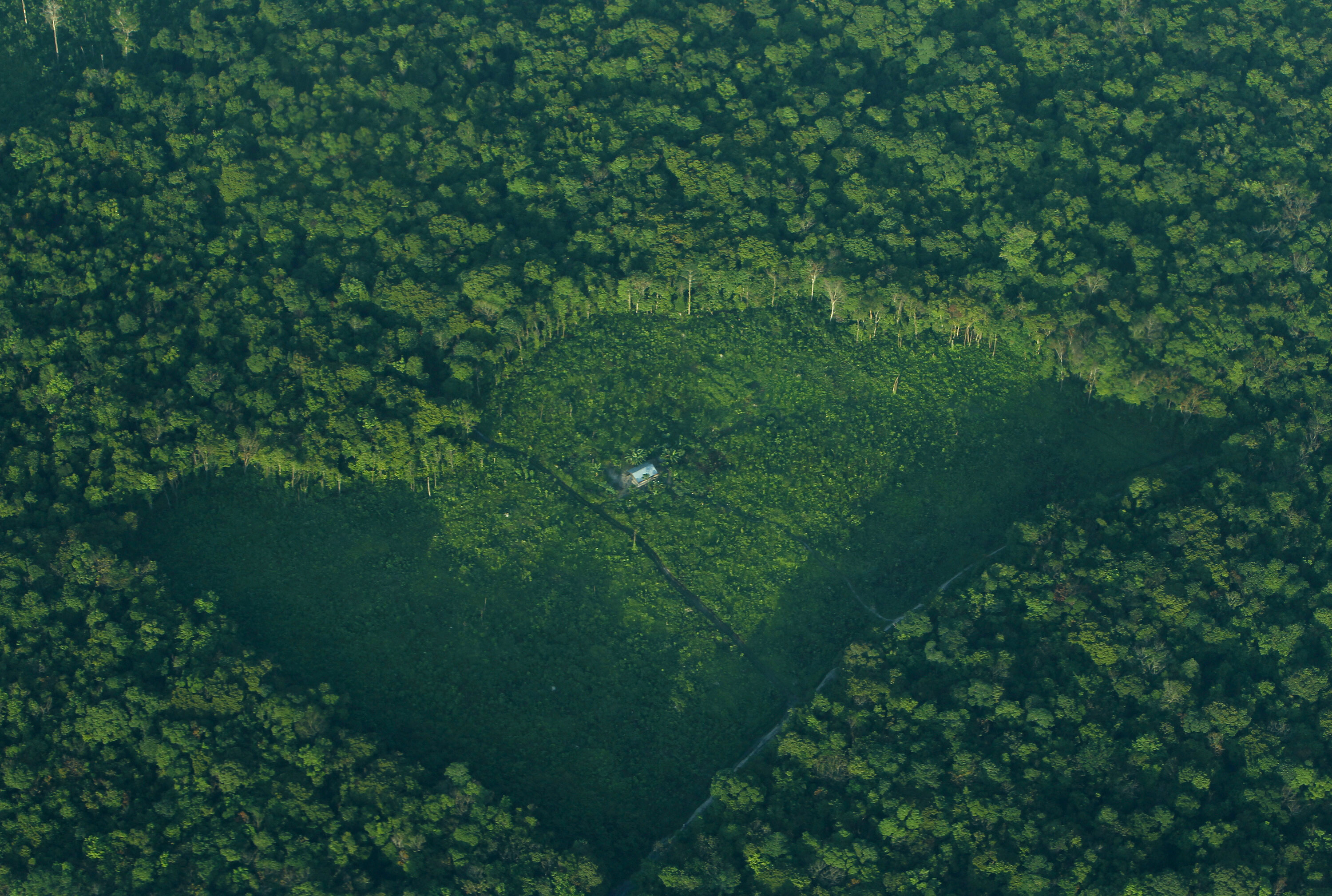Are tiny bits of car tyres being blown to the Arctic? These scientists think so

Research shows tyre materials (commonly known as 'road microplastics') might be getting blown to the Arctic. Image: Unsplash
- An international research team has simulated how particles from tyre and brake wear could be carried by the wind to the ocean and remote regions.
- About 140,000 tonnes of these particles, commonly referred to as microplastics, could be getting blown into the ocean every year.
- And thousands of tonnes could be reaching ice- and snow-covered regions, they say.
- This could affect how the snow and ice reflect sunlight in places like the Arctic.
You’re driving along and the car in front of you brakes. Instinctively, you do the same. A pulse-raising moment, but no harm’s done, apart from perhaps some skid marks left on the road. Except that might not be the only damage – you could have left a stain on the Arctic, too.
If that seems like a bit of a stretch, let’s back up a bit. Scientists have been looking into the extent to which what they call “road microplastics” – tiny particles created as tyres and brake pads wear away – are carried in the atmosphere to locations around the globe.
And the figures they’ve calculated, while based on simulations, are eye-opening.
What is the World Economic Forum doing about plastic pollution?
‘Unpredictable danger’
About 140,000 tonnes of these road microplastics could be transported by the wind into the oceans each year, according to the team of researchers from the Norwegian Institute for Air Research, the University of Vienna and the International Institute for Applied Systems Analysis. And about 48,000 tonnes might be reaching ice- and snow-covered regions such as the Arctic.
This is concerning, they say, because these areas are sensitive ecosystems already affected by climate change. The dark-coloured particles could make snow and ice masses less reflective, causing them to absorb the sun’s heat and melt more quickly.
While the extent to which they might do this is small, it would be contributing to a big problem. The “albedo effect” – where light surfaces reflect more heat than dark ones – is under threat in the Arctic, which since the 1970s has lost 75% of the volume of its summer sea ice.
Climate scientists say this effect is key to preventing catastrophic climate change. And so, as one of the study’s authors, Andreas Stohl from Vienna University, suggests, the particles could “represent another, previously unpredictable danger” for the region.

Wear and tear
Modern tyres are made from a mixture of substances, including nearly 25% synthetic polymers.
The study, published in the journal Nature Communications, made its estimations by calculating the “emissions” from tyre and brake wear. It then simulated how these might be distributed around the world using a particle dispersion model.
The majority of the road microplastics studied originate from the densely populated areas of North America, Europe and Asia. And while larger particles are thought to mainly settle close to their source, those smaller than 2.5 micrometres – known as PM2.5 – could be carried much further afield.
Those that land in the Arctic were mainly predicted to be found on the sea ice between Northern Greenland and Europe, blown in from North America and Europe. The researchers say this happens particularly in winter and spring. And it could be exacerbated by the “positive phase” of a phenomenon of weather fluctuation known as the North Atlantic Oscillation (NAO).
Research shows that in recent decades the NAO has seen more and more positive phases – and scientists are also trying to understand whether human activity has had an influence on this trend.
Abrasive issue
The new report isn’t the first to investigate the environmental impact of tyres and brakes.
Previous studies have estimated more than 6 million tonnes of tyre particles and half a million from brakes are shed every year. And car tyres are responsible for 28% of the primary microplastics in the world’s oceans, according to a paper from the International Union for Conservation of Nature and Natural Resources.
Reuters reports European Union lawmakers are looking into regulations to set minimum standards for tyre design – in areas like the rate of abrasion and durability. The tyre industry, meanwhile, has published various studies that say there is no significant risk to people or the environment from tyre particles.
Microplastics have been found everywhere from marine ecosystems and mountaintops to the stomachs of animals and people. The average American could be eating 50,000 plastic particles a year and inhaling about the same amount. But the health effects of this unintentional diet are not yet understood, and the World Health Organization has called for more research.
What is clear, though, is that the need to tread lightly when it comes to our impact on the planet is ever increasing.
Don't miss any update on this topic
Create a free account and access your personalized content collection with our latest publications and analyses.
License and Republishing
World Economic Forum articles may be republished in accordance with the Creative Commons Attribution-NonCommercial-NoDerivatives 4.0 International Public License, and in accordance with our Terms of Use.
The views expressed in this article are those of the author alone and not the World Economic Forum.
Stay up to date:
Plastic Pollution
Forum Stories newsletter
Bringing you weekly curated insights and analysis on the global issues that matter.
More on Global CooperationSee all
Sebastian Buckup and Maximilian Martin
November 13, 2025







